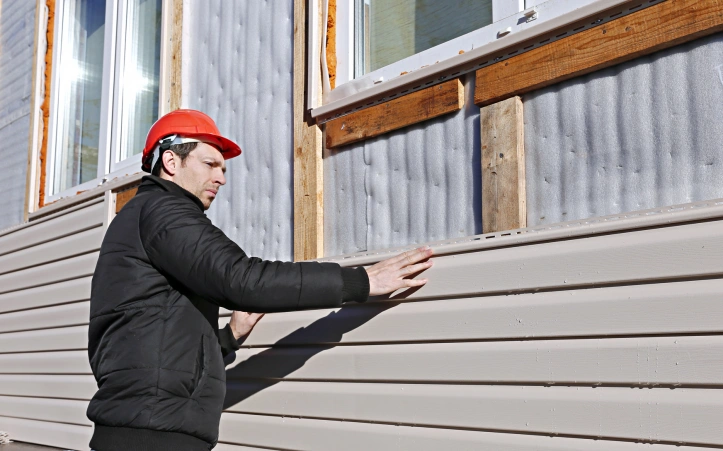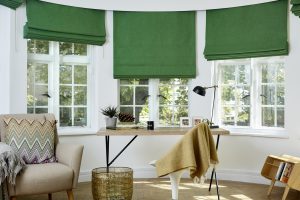Weatherboard cladding compares favorably to other siding options, offering durability and aesthetic appeal. It’s versatile, suiting both classic and contemporary designs. Unlike vinyl, it provides superior insulation and requires less frequent maintenance. While brick and stone deliver a solid look, they demand heavier foundations. You might find weatherboard’s initial cost higher, but its longevity and energy efficiency can offset expenses over time. And if you’re evaluating options like fiber cement or wood, weatherboard requires fewer repairs and repainting. Curious about how it stacks up against other materials? There’s more to evaluate about your siding options.
Overview of Weatherboard Cladding
What makes weatherboard cladding a popular choice for homeowners is its blend of durability, aesthetics, and versatility. You’ll find that it can easily adapt to various design trends, allowing you to create a stylish look for your home. Whether you’re aiming for a classic or contemporary appearance, weatherboard cladding fits seamlessly into your vision for house cladding.
Additionally, the installation methods are straightforward, making it a practical option for both DIY enthusiasts and professional contractors.
You can choose between various materials, like timber or composite, each offering unique benefits.
With its range of colors and finishes, you can achieve a personalized look that stands out in your neighborhood while ensuring long-lasting performance against the elements.
Advantages of Weatherboard Cladding
One of the key advantages of weatherboard cladding is its exceptional durability, allowing your home to withstand harsh weather conditions while maintaining its aesthetic appeal.
You’ll also appreciate its energy efficiency, as weatherboard can help regulate your home’s temperature, reducing heating and cooling costs.
The installation process is straightforward, making it easier for you to achieve a professional finish without excessive labor costs.
Additionally, weatherboard cladding is versatile, available in various materials and finishes to match your style.
It requires minimal maintenance, giving you more time to enjoy your home rather than worrying about upkeep.

Disadvantages of Weatherboard Cladding
While weatherboard cladding offers numerous benefits, it also comes with certain disadvantages that homeowners should consider before making a decision.
One major drawback is the weatherboard cost, which can be higher than other siding options. This initial investment mightn’t fit everyone’s budget.
Additionally, installation challenges can arise, particularly if you’re not experienced with DIY projects. Proper installation is essential to prevent issues like water damage and warping.
Maintenance is another concern, as weatherboard requires regular painting or staining to maintain its appearance and protect against the elements.
If you’re not ready for the upkeep, you might want to explore alternative siding options that offer lower long-term costs and easier installation.
Comparison With Vinyl Siding
When comparing weatherboard cladding to vinyl siding, you’ll want to contemplate key factors like durability and maintenance.
Each material has its own strengths and weaknesses regarding longevity and upkeep, which can impact your choice.
Additionally, the aesthetic appeal of both options varies, influencing the overall look of your home.
Durability and Longevity
Weatherboard cladding generally offers superior durability and longevity compared to vinyl siding, making it a reliable choice for homeowners seeking lasting protection.
With its excellent weather resistance, weatherboard can withstand harsh conditions, including heavy rain and strong winds, without deteriorating. This resilience means you won’t have to worry about warping, cracking, or fading as you might with vinyl.
Additionally, weatherboard provides better thermal insulation, helping to maintain comfortable indoor temperatures while reducing energy costs.
Vinyl siding, while low-maintenance, often lacks the same level of durability and can require replacement sooner than weatherboard.
If you’re looking for a siding option that stands the test of time, weatherboard is definitely worth considering.
Maintenance Requirements
Maintaining weatherboard cladding requires more effort than vinyl siding, but the payoff in aesthetics and longevity can be worth it. Here’s what you need to take into account:
- Cleaning techniques: Regular washing is essential to prevent mold and mildew.
- Inspection: Check for cracks and damage at least twice a year.
- Sealing and painting: You’ll need to repaint or reseal every 5-10 years.
- Repair costs: Repairs can be pricier than vinyl, especially if rot sets in.
- Weather protection: Guarantee proper drainage and overhangs to extend lifespan.
With consistent upkeep and attention to detail, weatherboard cladding can truly shine. While it may require a bit more work, the results are undeniably rewarding.
Aesthetic Appeal Differences
The visual appeal of weatherboard cladding often outshines vinyl siding, offering a classic and textured look that enhances the character of any home.
With a range of color varieties, you can easily find shades that suit your personal style and neighborhood aesthetic. Unlike vinyl siding, which can appear flat and uniform, weatherboard provides a depth that gives your home a timeless charm.
Its design versatility allows for various profiles and finishes, enabling you to create unique architectural features. You can mix and match colors and textures, giving your house a distinct personality.
When you’re aiming for an inviting atmosphere, weatherboard cladding truly elevates your home’s exterior beyond what vinyl siding can achieve.
Comparison With Brick and Stone
When comparing weatherboard cladding to brick and stone, you’ll find distinct differences in aesthetics, insulation, and maintenance requirements. Here’s what you should consider:
- Aesthetics: Weatherboard offers a versatile look, while brick and stone exude a classic appeal.
- Insulation Properties: Weatherboard can provide better thermal insulation, helping you maintain indoor comfort.
- Weight: Brick and stone are much heavier, impacting foundation requirements.
- Environmental Impact: Weatherboard can be more eco-friendly, especially if sourced sustainably.
- Maintenance: Weatherboard typically requires more upkeep than the low-maintenance brick and stone.
Each material has its pros and cons, so weigh these factors carefully to choose the best siding option for your needs.
Comparison With Fiber Cement and Wood
Weatherboard cladding stands out against fiber cement and wood regarding durability, appearance, and maintenance demands.
While fiber cement offers a long life, it can’t match the classic charm of weatherboard. You’ll find that weatherboard requires less frequent painting and repairs compared to wood, which may warp or rot over time.
When it comes to installation techniques, weatherboard can be easier to handle, as it often involves straightforward overlapping methods.
However, consider the cost considerations: weatherboard might initially seem pricier, but its longevity and lower maintenance costs can balance that out in the long run.
Ultimately, your choice will depend on your aesthetic preferences, budget, and how much upkeep you’re willing to commit to.


